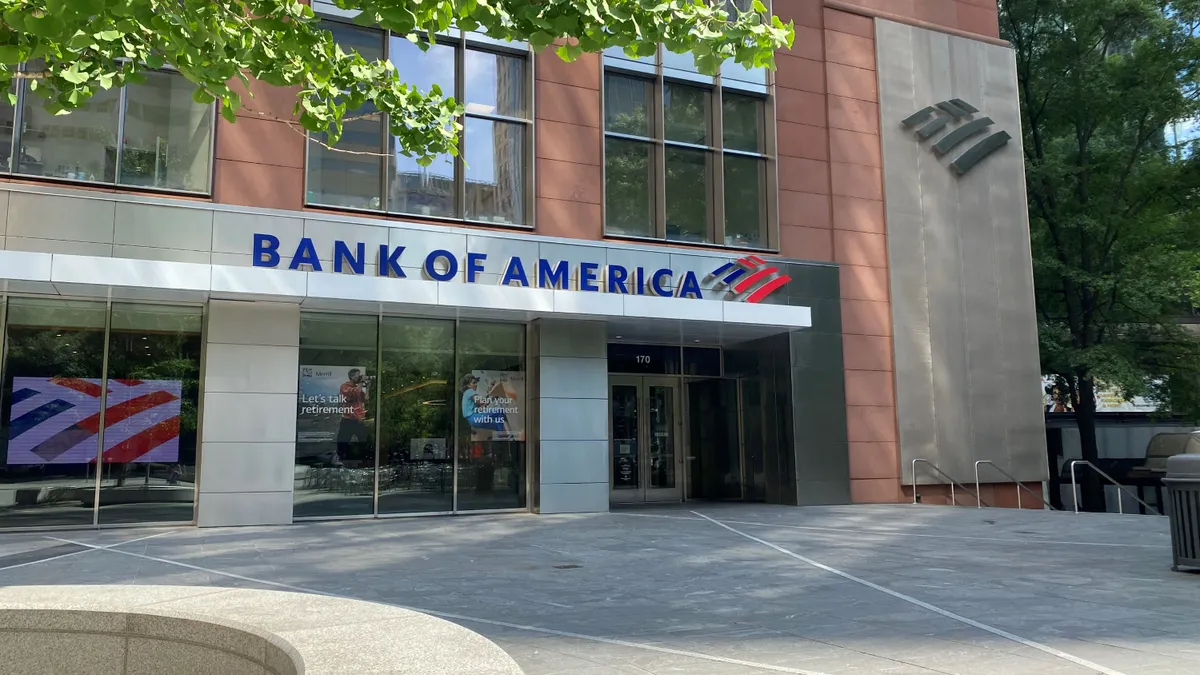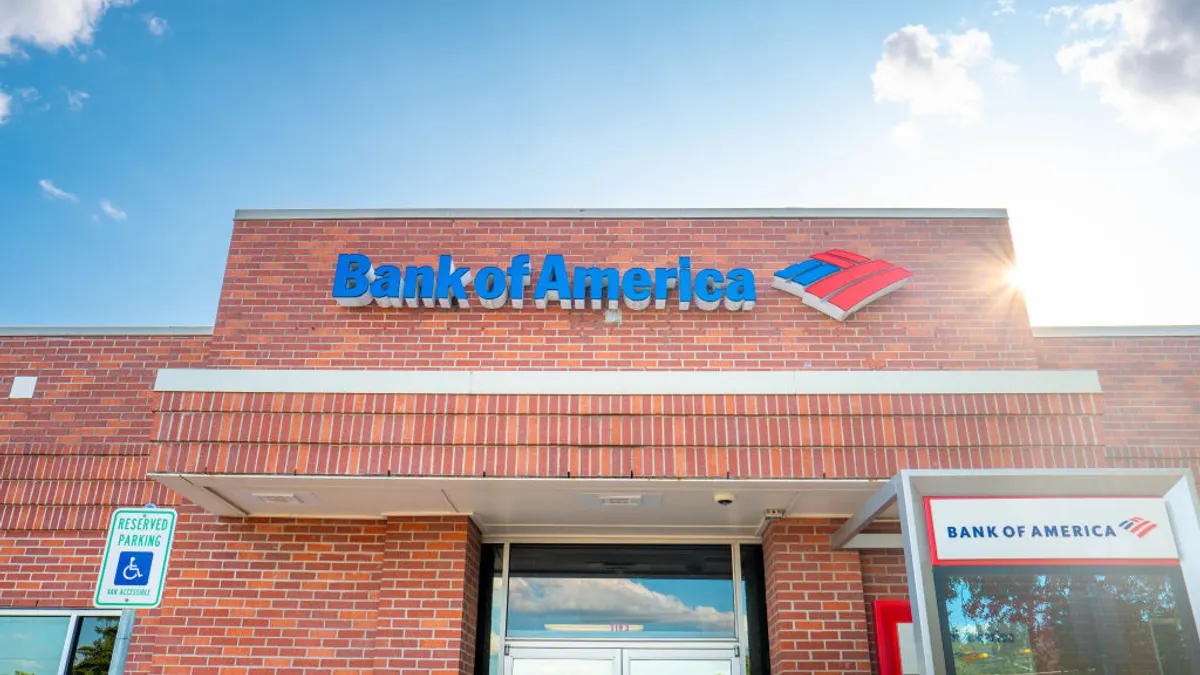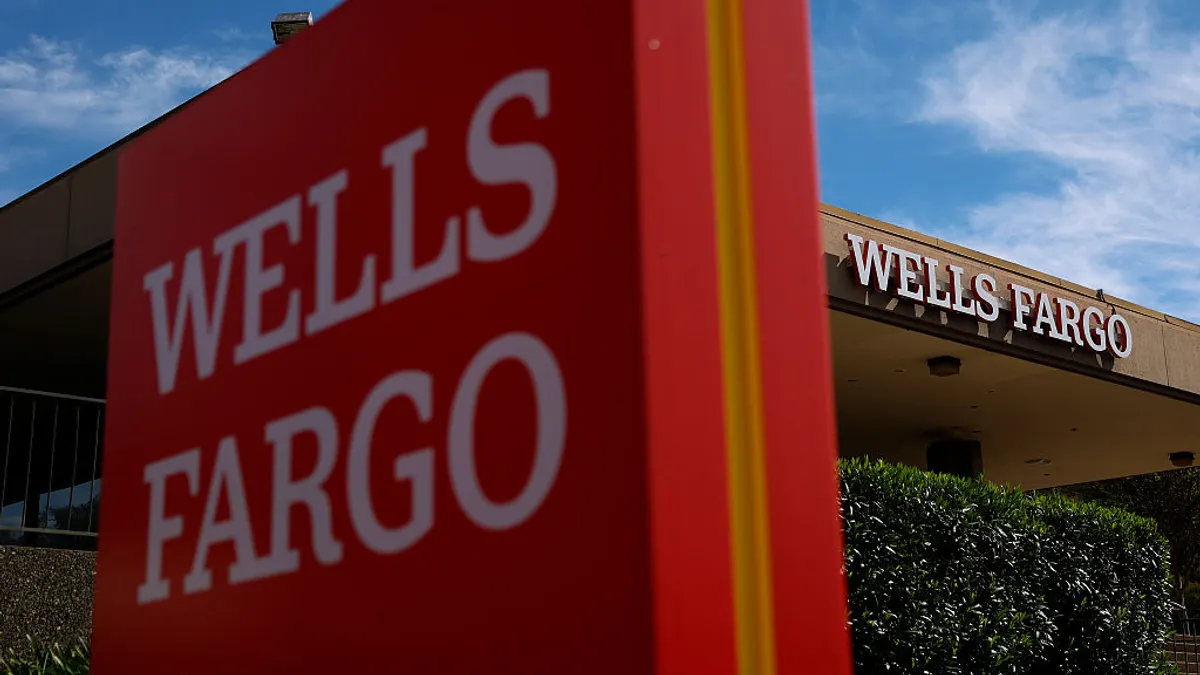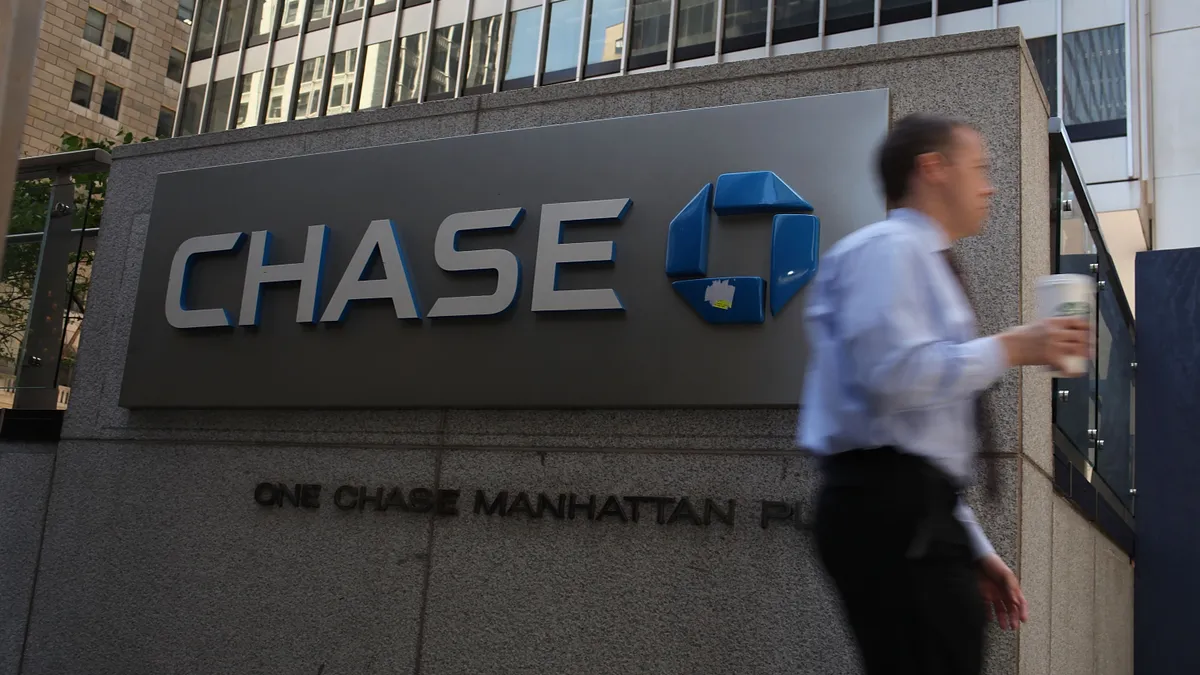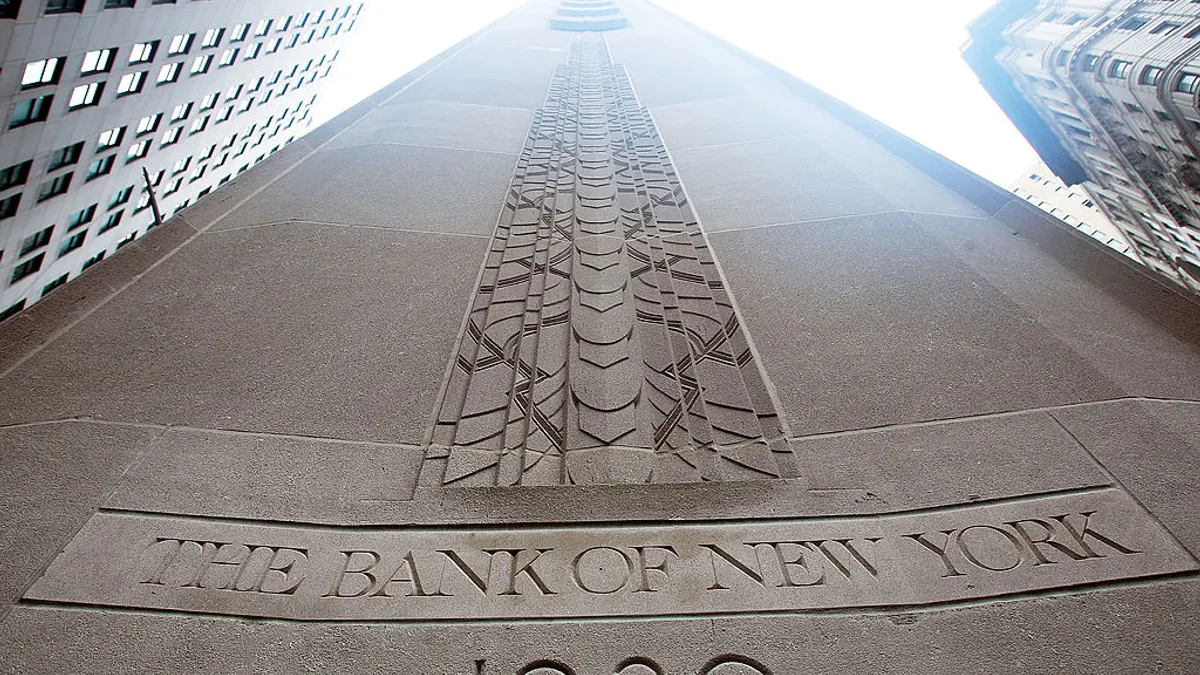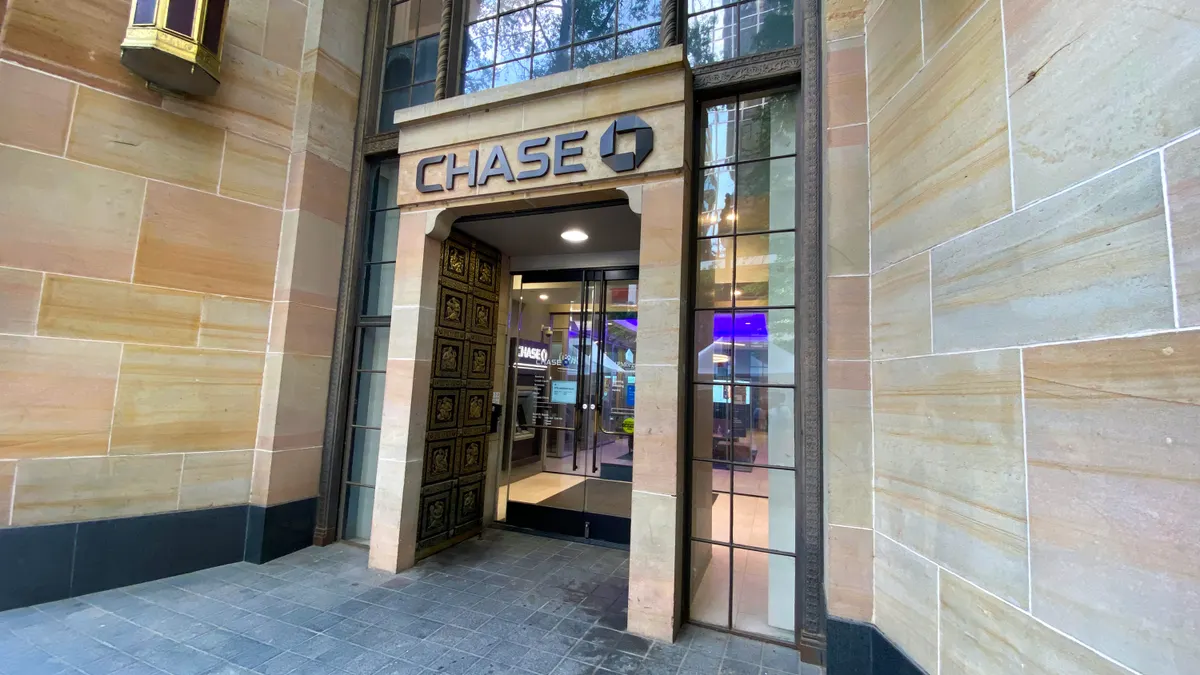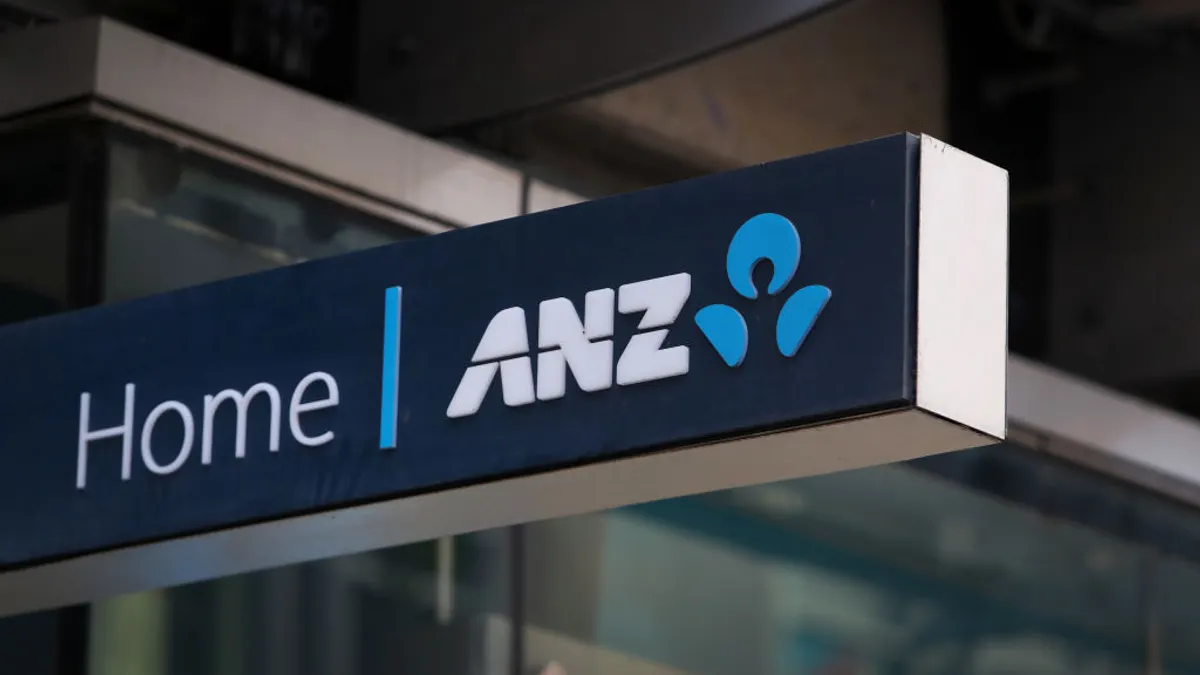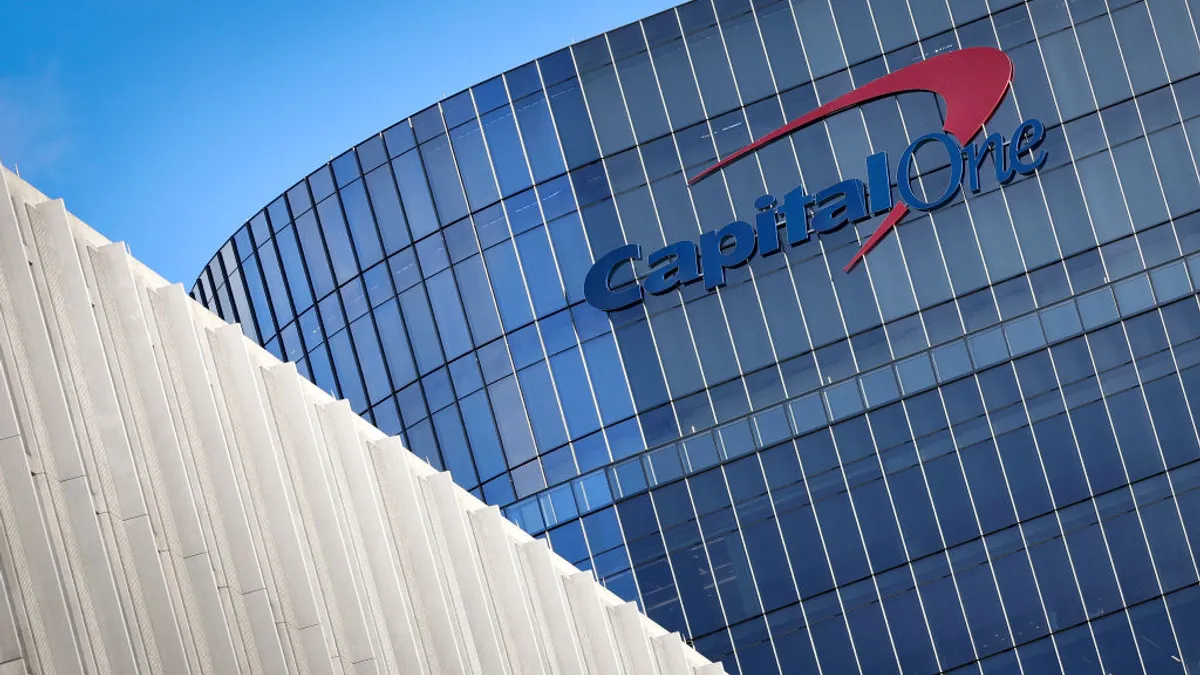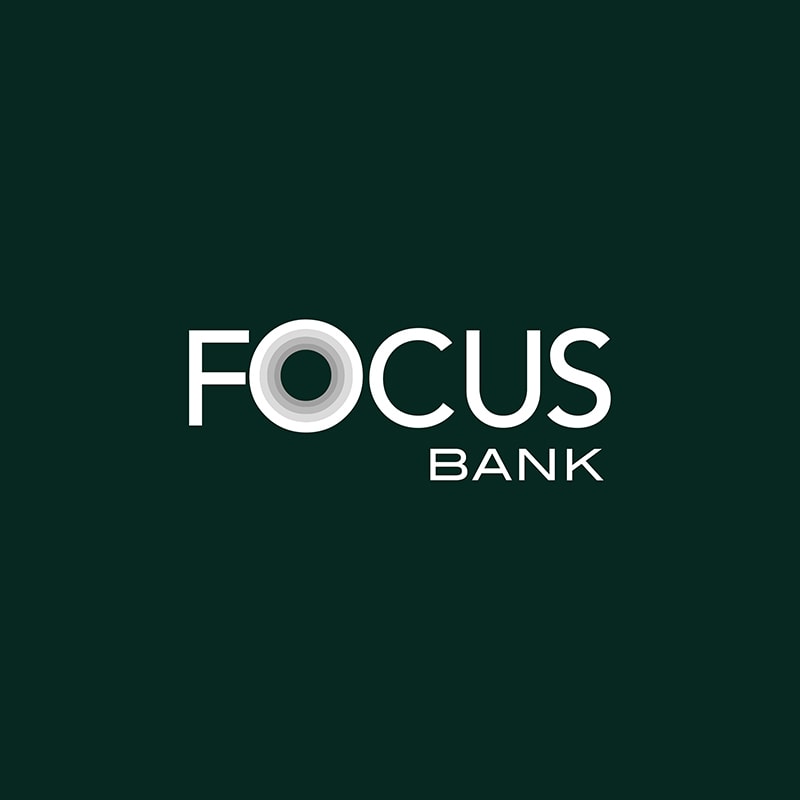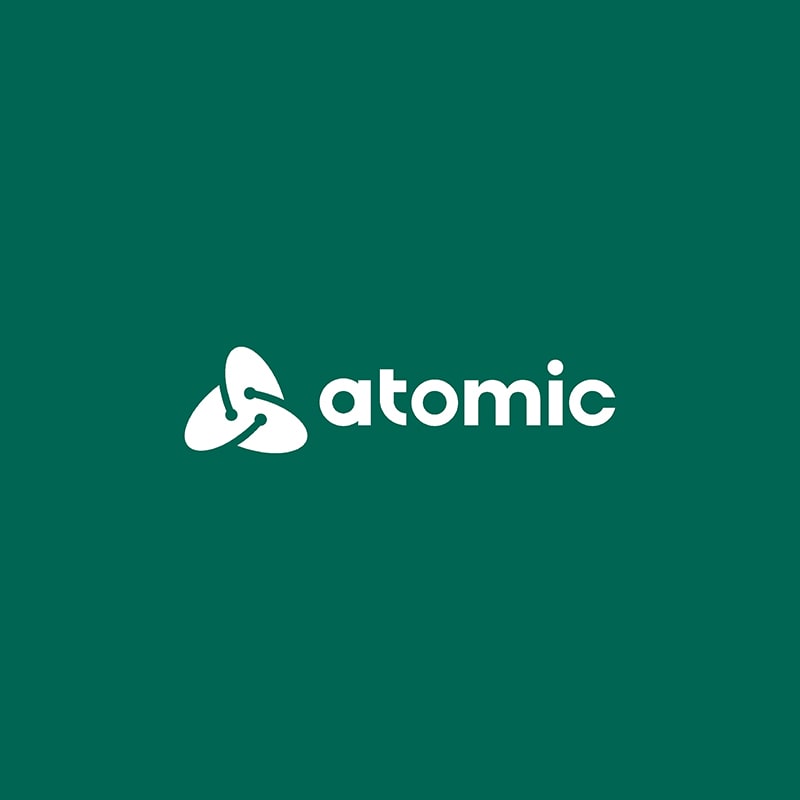With bank customer expectations constantly evolving – and artificial intelligence only hastening the pace of change – having mechanisms to adapt is crucial, said Ashley Ross, Bank of America’s head of consumer client experience and governance.
“I don’t know if you can always predict where it’s going, or predict what the customer feedback is going to be, but I do think you can invest in an infrastructure to analyze it in real-time and make sure you can understand it and take action on it pretty quickly,” Ross said.
That’s been a top priority for the Charlotte, North Carolina-based lender, which seeks to keep close tabs on what its customers want and make improvements based on that input.
The second-largest U.S. bank centers its approach around clients’ financial health and seeks to complement that with its “high-tech, high-touch” strategy, weaving together digital capabilities with employee expertise, Ross said in a recent interview. Those efforts are crucial as the bank strives to retain its 69 million consumer and small-business clients and add about 5 million more.
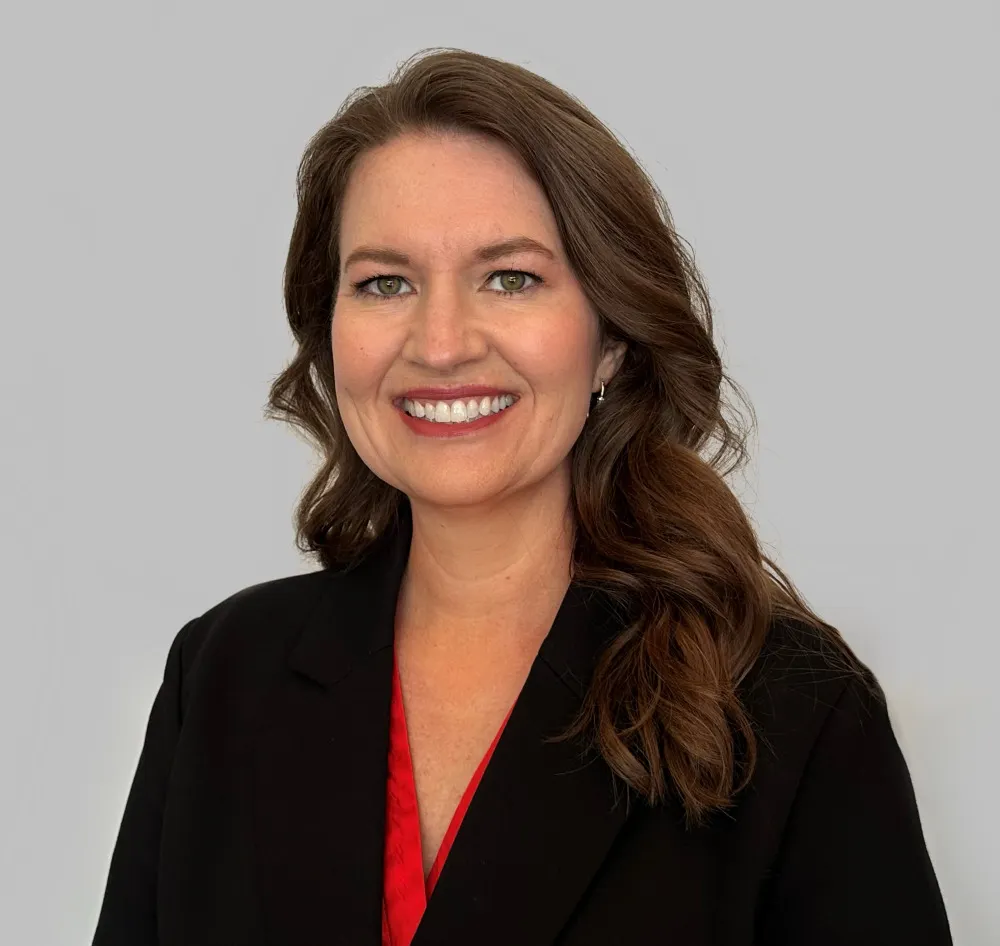
“Financially healthy clients are more satisfied, and they're more likely to stay and grow with us,” Ross said. That means “we continue to innovate, and we do that by taking feedback from the client to make sure we deliver what they need and what they want.”
Editor’s note: This interview has been edited for clarity and brevity.
BANKING DIVE: What are your top priorities currently?
ASHLEY ROSS: Making sure we’re actively soliciting customer feedback and taking action on it, both at the individual client level, if there’s something that needs [to be] resolved, but also on the broader themes. We’ve got a client feedback program, where we get real-time feedback on client interactions with us across all our channels; we get about 1 million client responses or pieces of feedback a month through that program. That helps us keep pace with the changing needs and expectations, to drive improvements.
Our new family banking feature was directly guided by and came from client feedback. We launched our financial health resource center a couple years ago, after we saw that clients weren't sure where to go to understand more about debt or savings practices. Recently, the ability to make recurring Zelle payments – our clients were telling us they wanted that.
We’re consistently monitoring what they’re telling us and what they’re looking for. This year, we launched the capability for customers to see when exactly they’ll be receiving their new debit or credit card. We also launched the ability to see the status of a pending fraud claim. In feedback, we saw questions like, “I don't know exactly when this is happening,” or “I don't know the status.” So we launched these capabilities to be transparent, to provide them more information about when they're going to get their card, and what the status of their claim is.
How does Bank of America solicit customer feedback?
Once a client interacts with the bank, they’re eligible to provide feedback in a quick survey; it follows up right away. We thank the customer, say we’d love feedback on your experience, they fill it out in three minutes, it’s immediately in the system. It’s triggered based on customers interacting with the bank.
The beauty of that is it’s integrated into what clients are doing with us; it’s not a survey that comes out of the blue. It’s specific to a customer interaction, and done quickly. We’ve got all our internal systems integrated, so the minute customers provide that feedback, it propagates to teammates who helped them, their managers, centralized teams to analyze it. We invested a lot in that infrastructure, to make sure systems were integrated and feedback was centrally available, as well as to the individual who served the client.
With an individual follow-up, we have a closed-loop process: If a client sends feedback about something that’s unresolved, we have a precise process so the issue gets fully resolved. In terms of macro-level feedback, we leverage a platform called Medallia – which we internally call Voices – and have advanced analytics capabilities for the words and verbatims customers use in feedback, enabling us to identify themes and categories. I have a client experience team responsible for staying on top of those themes, working across groups and partners within consumer, to have action plans to address those themes and make improvements. And all front-line teammates, their management has dashboards to see specifically how they’re doing serving clients.
Part of it is, how easy and how simple do you make it for your clients to provide that feedback? We’ve done some fun stuff recently, to keep it fresh. Clients can now leave video feedback, which offers that human element, and clients can leave more authentic, in-the-moment feedback. It was another way we could expand our population of clients giving us feedback, and it’s helpful for our associates to be able to hear directly from clients in their own voice.
We are continually looking for new ways – as we did with video – to gain client feedback and analyze that feedback to glean insights in the most effective way possible.
How does the bank aim to stand out from competitors in this area?
Client experience is listed as our company’s common purpose; it’s culturally embedded. There are a lot of companies out there who are just high tech; there’s a lot of companies who don’t have their high tech integrated with their high touch. Making sure we have that integrated balance is the secret sauce for us. You’ve got to have the science behind it, you have to have daily, real-time feedback, the rigor of metrics, numbers and analytics. If you just do the feel-good culture, you don't always get the results. If you just do the numbers and the dashboard, you don't always get the culture.
How much does BofA invest in customer experience annually?
I don’t think I want to give a number, but it has been and continues to be a top priority for us. We started with investing in the Voices feedback platform several years ago, and we continue to expand our focus on that.
There’s a lot of programs that were enhanced based on client feedback. It’s a bit of a mixed bag of how much we invest in our client experience infrastructure itself, versus how much investment we influence with partners who are driving improvement based upon client feedback.



